
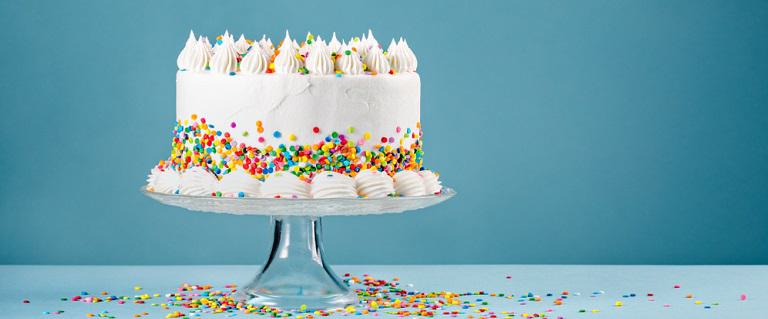
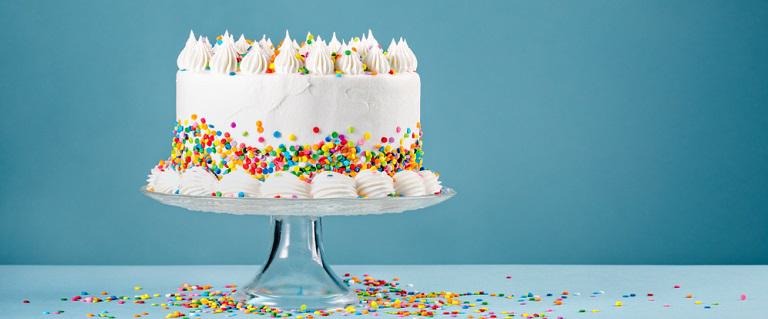
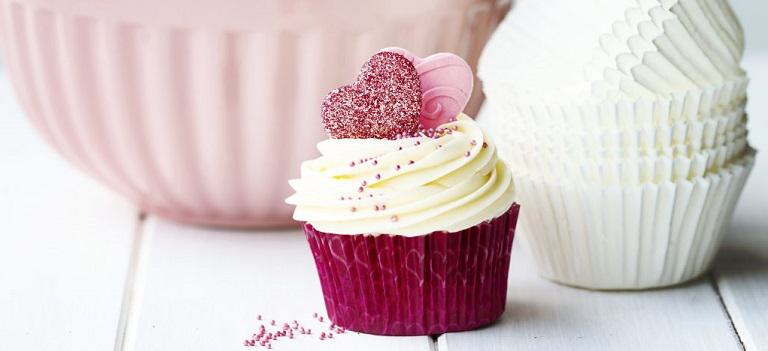 Simple buttercream, a.k.a. American buttercream, is easily created by combining butter and powdered sugar. This type of buttercream is commonly purchased at stores and is incredibly easy to whip up in the kitchen. For a fun spin on simple buttercream, swap some of the butter out for cream cheese.
Simple buttercream, a.k.a. American buttercream, is easily created by combining butter and powdered sugar. This type of buttercream is commonly purchased at stores and is incredibly easy to whip up in the kitchen. For a fun spin on simple buttercream, swap some of the butter out for cream cheese.
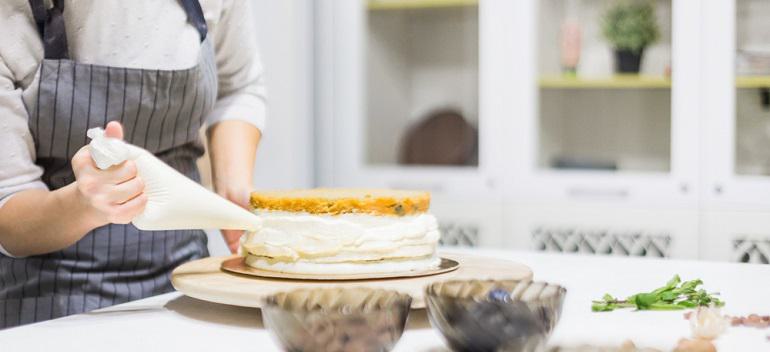 After buttercream, cooked frosting is the most common variety of icing found in a baker's kitchen. Cooked frosting is made by heating sugar, water and corn syrup and then adding the boiling mixture to stiffly beaten egg whites. The boiling frosting mixture helps the egg whites thicken and stabilize the protein, assisting the frosting in holding its shape.
Making this type of frosting is a delicate process, and because the frosting is light, it should be eaten promptly to prevent it from further absorbing into the cake.
After buttercream, cooked frosting is the most common variety of icing found in a baker's kitchen. Cooked frosting is made by heating sugar, water and corn syrup and then adding the boiling mixture to stiffly beaten egg whites. The boiling frosting mixture helps the egg whites thicken and stabilize the protein, assisting the frosting in holding its shape.
Making this type of frosting is a delicate process, and because the frosting is light, it should be eaten promptly to prevent it from further absorbing into the cake.
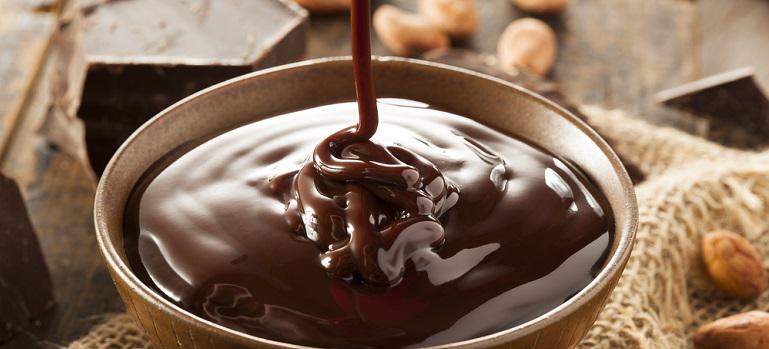 Ganache is a favorite of chocolate lovers, since it's simply melted chocolate mixed with heavy cream. Topping your baked goods with this frosting creates a shiny coating that is loved by bakers worldwide. Ganache can be manipulated in several ways. You can let it thicken slightly and pour it over a cake to create a smooth and shiny appearance, or chill and beat ganache to make a fluffy frosting that will result in a frosted or "matte" look. Or, if you'd prefer to enjoy the frosting alone, chill and beat the ganache and form the mixture into balls to create chocolate truffles.
Ganache is a favorite of chocolate lovers, since it's simply melted chocolate mixed with heavy cream. Topping your baked goods with this frosting creates a shiny coating that is loved by bakers worldwide. Ganache can be manipulated in several ways. You can let it thicken slightly and pour it over a cake to create a smooth and shiny appearance, or chill and beat ganache to make a fluffy frosting that will result in a frosted or "matte" look. Or, if you'd prefer to enjoy the frosting alone, chill and beat the ganache and form the mixture into balls to create chocolate truffles.